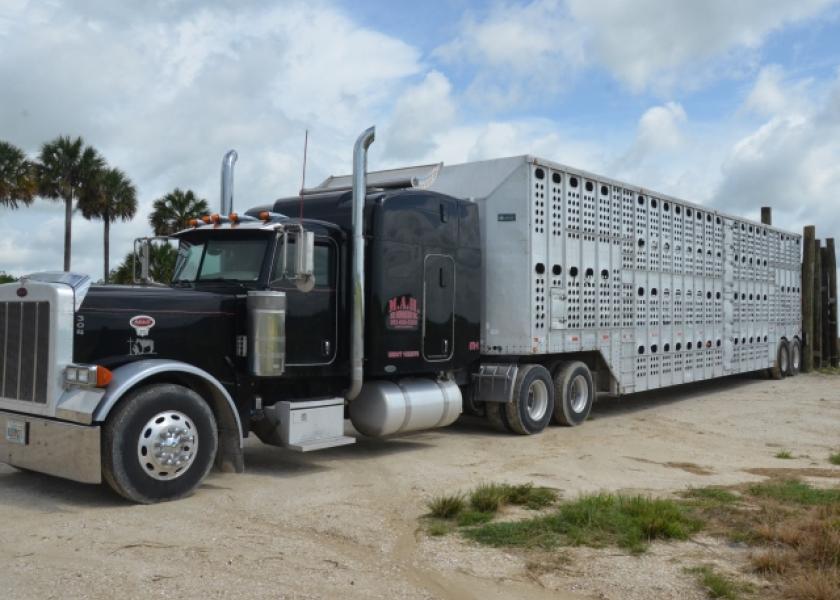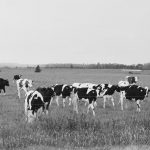
Fewer cows went to their local sale barns in the month of June compared to months prior. In fact, through July 13, USDA Ag Marketing Service estimates indicate the number of dairy cows marketed for beef has now trailed year-ago levels for 45 consecutive weeks, dating back to Sept. 9, 2023, and was down about 332,000 from the same period a year earlier.
Phil Plourd, president of Ever.Ag Insights, attributes the slowdown in dairy cull cow marketing to several factors, including a smaller milking herd, limited availability of replacement heifers to maintain full barns and slight improvements in milk income margins.
“I believe the low slaughter figures reflect at least two different realities. First, we don’t have a lot of replacements and the ones we have are expensive. Second, I think that prospects for better margins are likely slowing the slaughter pace. If that’s true, I am curious to see the effect on productivity,” he says.
Robin Schmahl with AgMarket.Net says he believes culling will continue.
“It may not be lower month-to-month, but it will be lower than the previous year,” he says, noting that producers have been culling heavily for quite some time leaving fewer cows to be culled
However, Schmahl shares that two other factors are the greater issues.
Beef-on-dairy interest has generated a significant source of income for dairy producers. “This has limited the need to cull cows aggressively to add to income,” he says. “These calves bring substantially better income than dairy calves adding significantly to the farm’s bottom line. Many of my clients are breeding 50% of their herds to beef bulls. This leaves sufficient replacements for the dairy but does not allow for any to be sold as replacement heifers resulting in a tight heifer market and high prices. This also increases the desire to hold onto cows as replacements are difficult to find. This will continue as long as beef prices remain strong.”
Continued Lower feed prices. “The outlook is for continued low feed prices through the end of this year and into next year,” Schmahl says. “This lowers the bar for cows that may need to be culled.”
Schmahl highlights the year-over-year decline in grain prices that are welcoming to dairy producers, allowing for better margins.
– The average price for corn in June 2023 was $6.49 per bushel while the average price in June 2024 was $4.48 per bushel.
– The alfalfa hay price in June 2023 was $263 per ton compared to $195 per ton in June 2024.
– The All-milk price in June 2024 was $22.80 compared to last year when it was $17.80.
“This all lowers the bar of profitability for milk production per cow,” he says. “Cow numbers remain below a year ago but are slowly narrowing the gap. We should see reduced culling as long as these aspects remain in place.”
You can now read the most important #news on #eDairyNews #Whatsapp channels!!!
🇺🇸 eDairy News INGLÊS: https://whatsapp.com/channel/0029VaKsjzGDTkJyIN6hcP1K

























